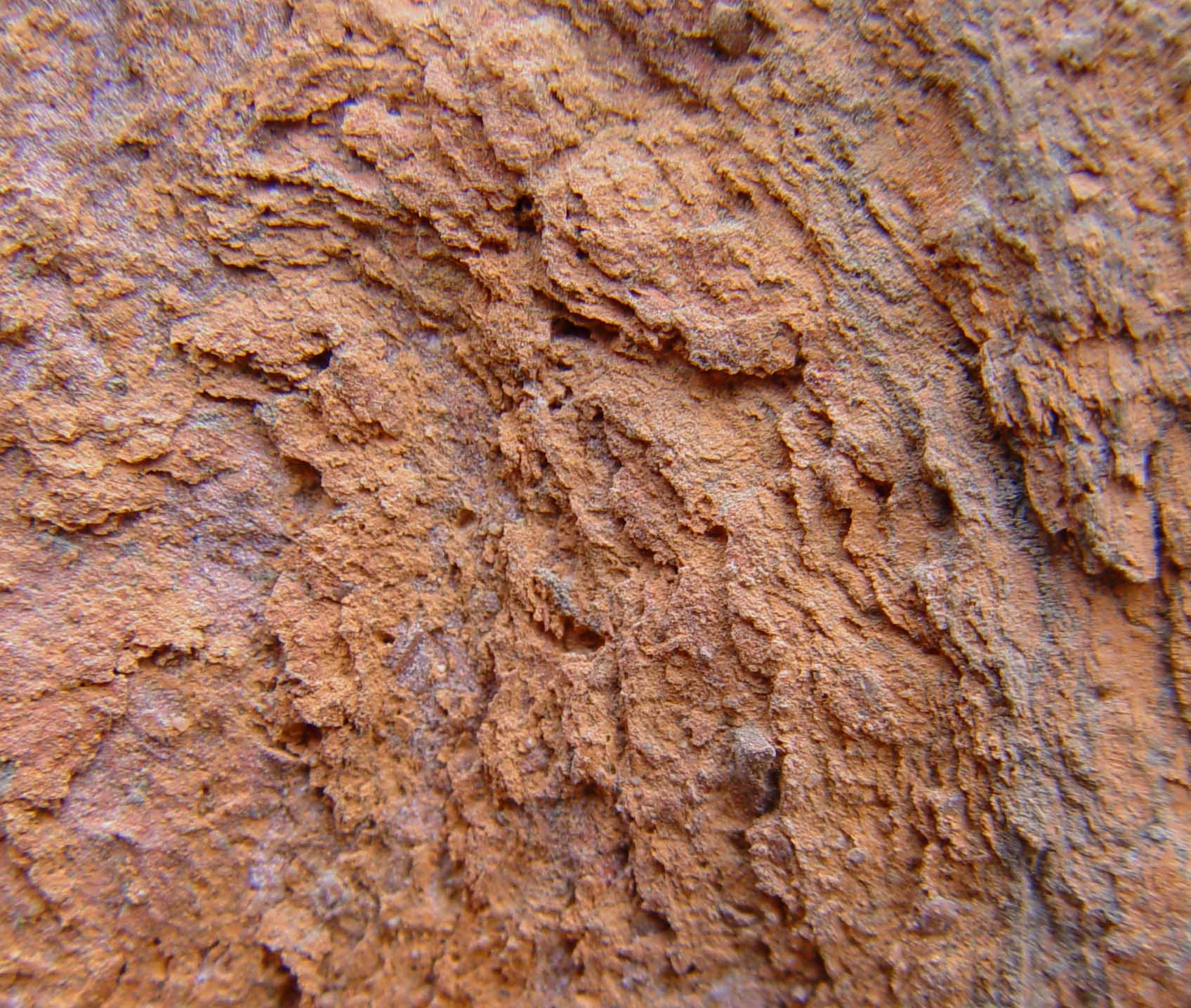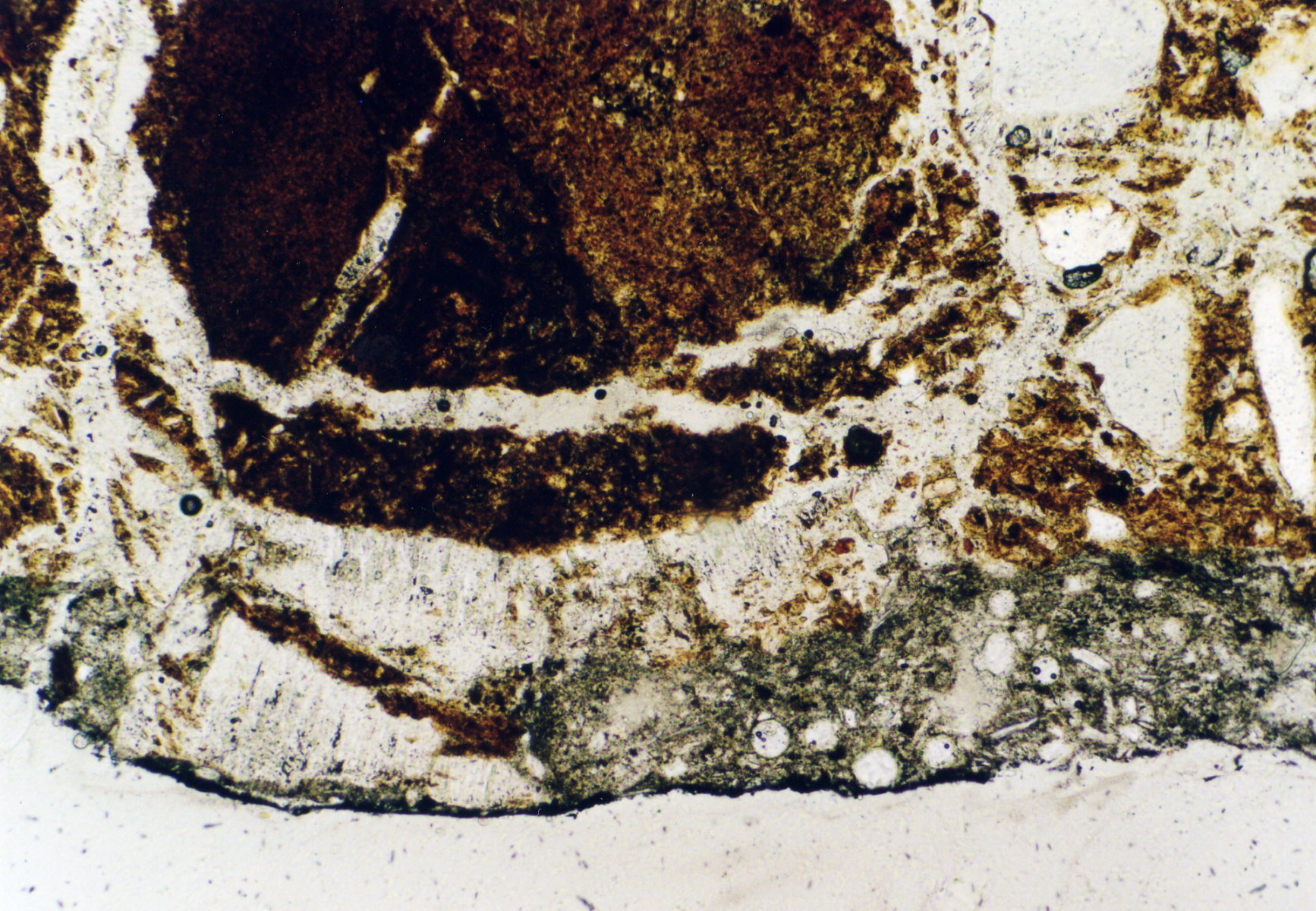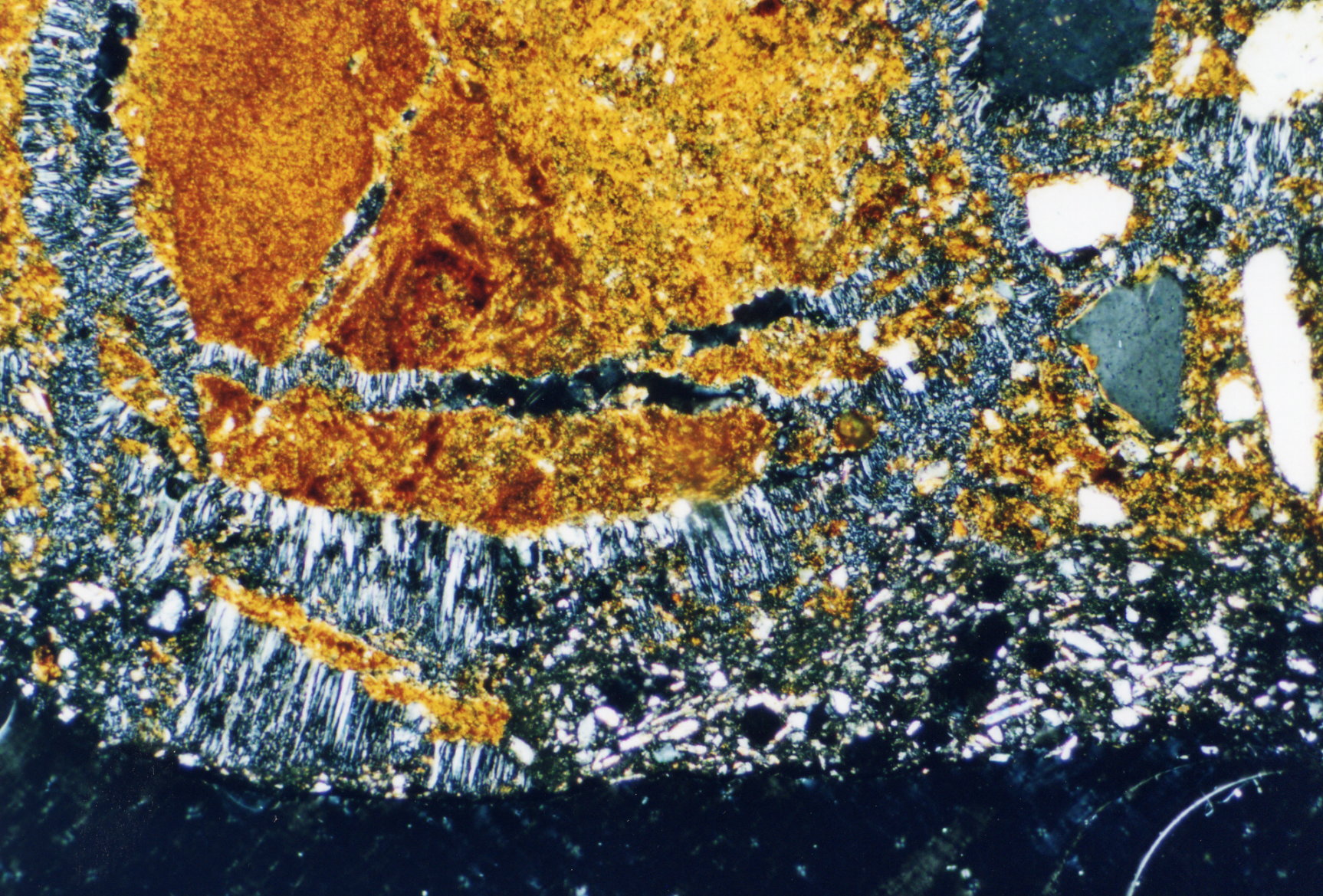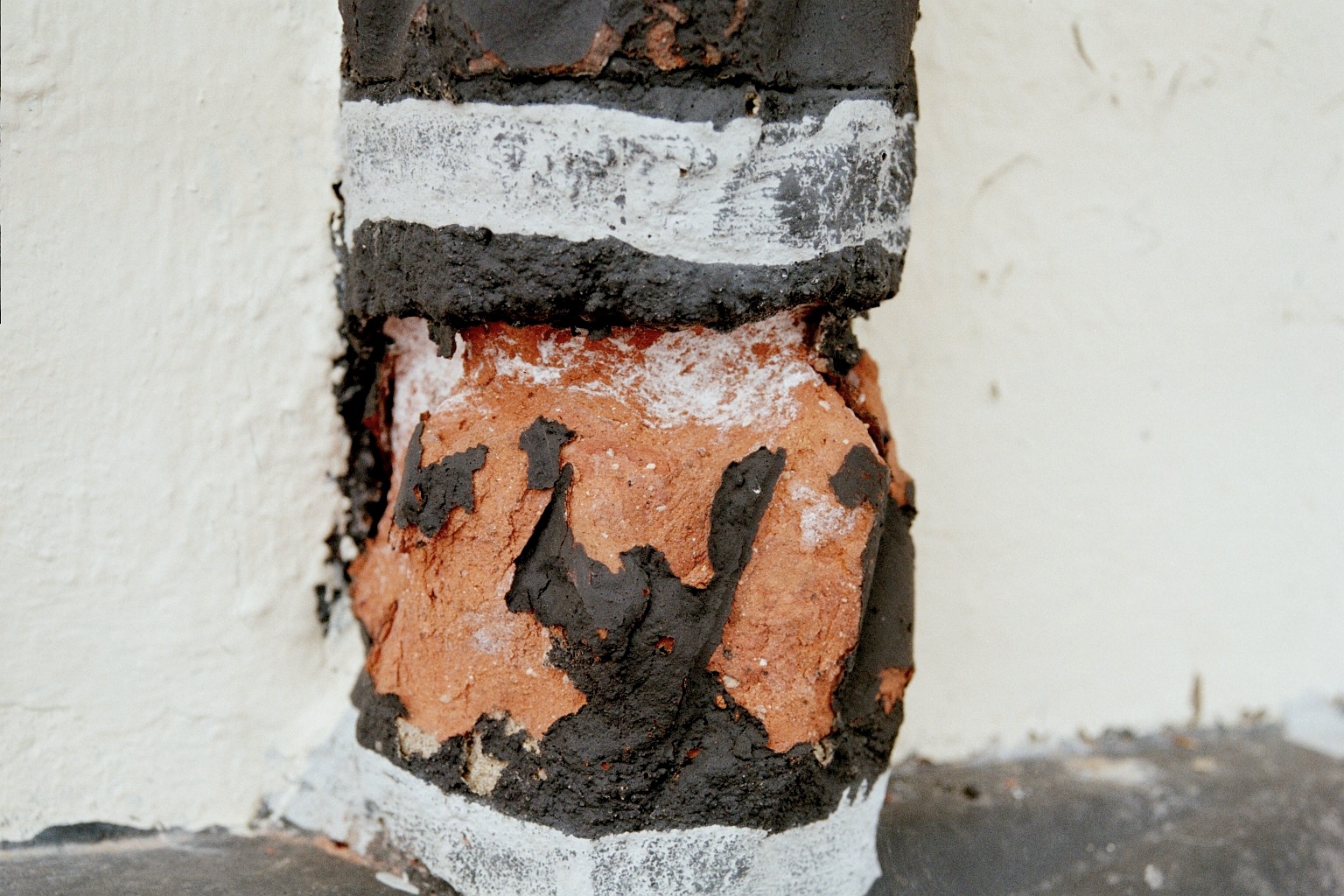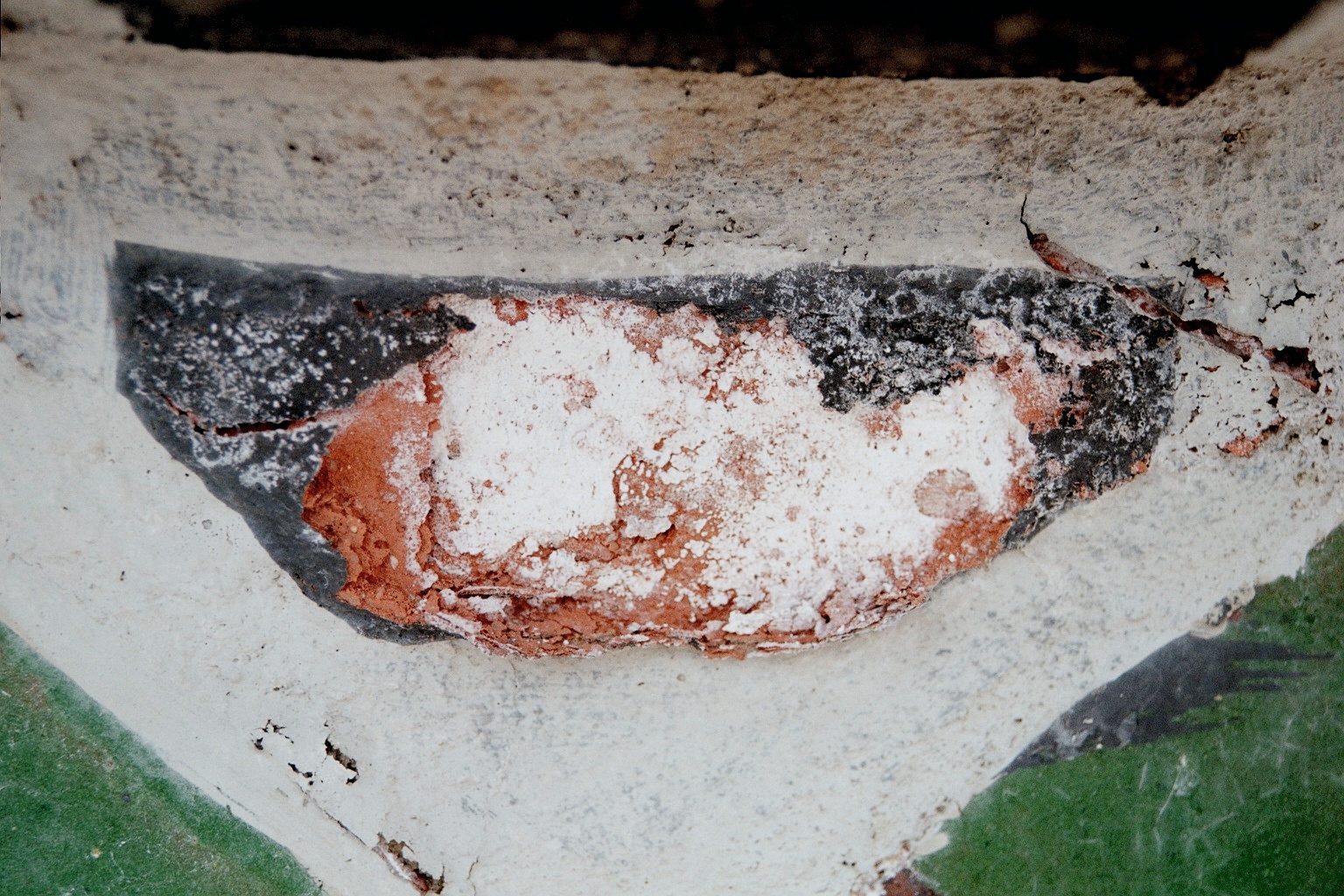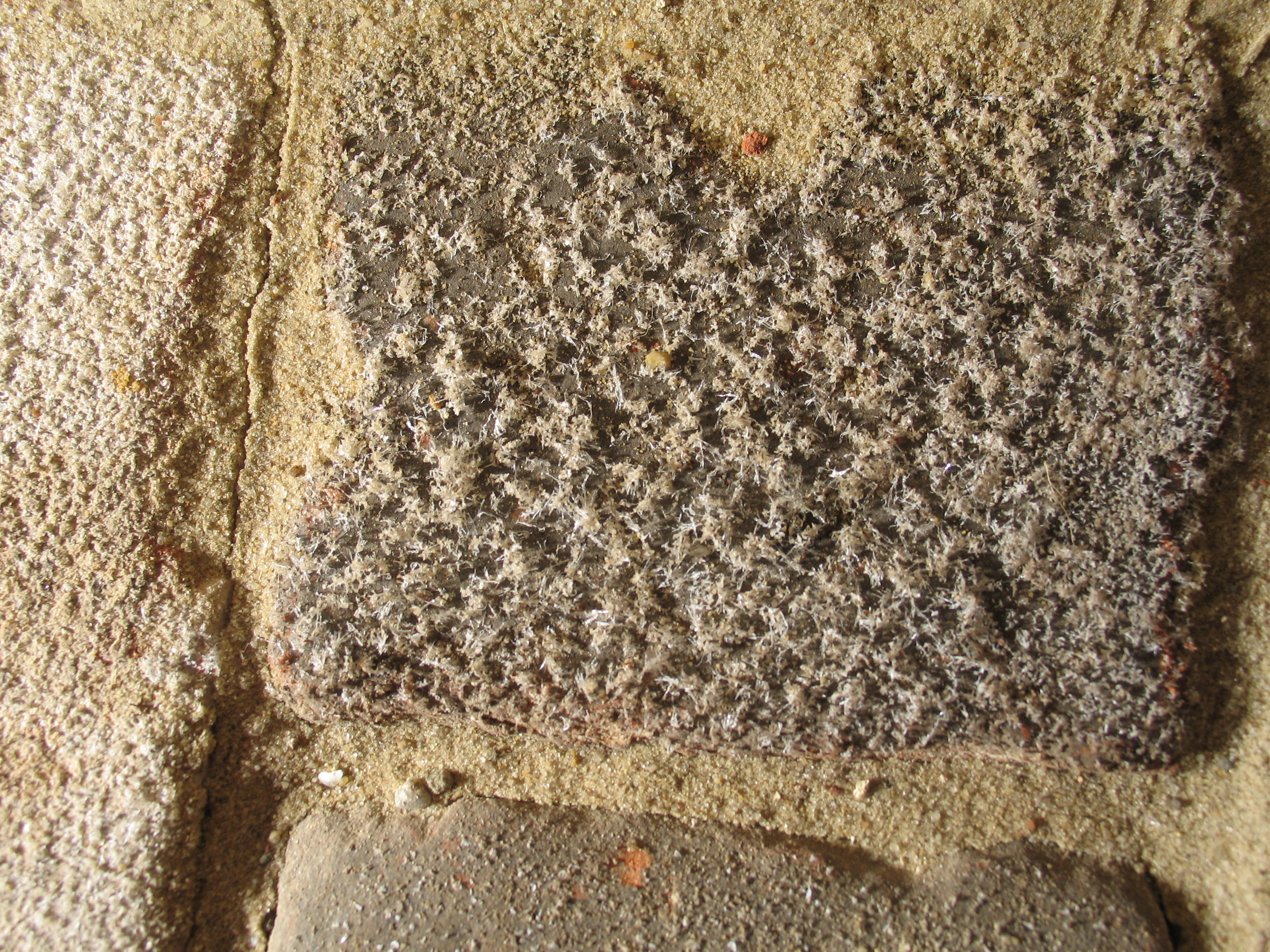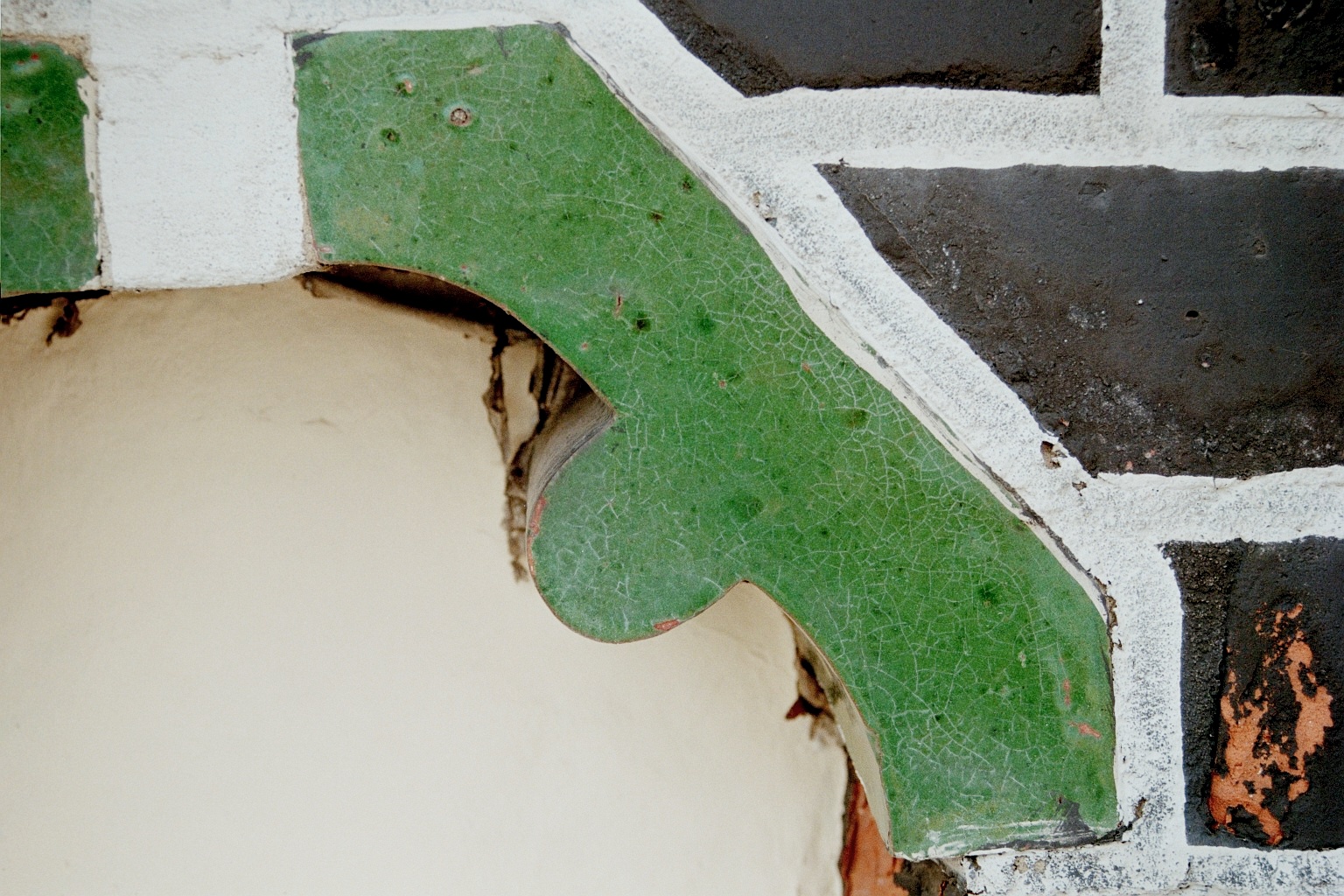Architectural Ceramics: Difference between revisions
Jump to navigation
Jump to search
No edit summary |
No edit summary |
||
| (20 intermediate revisions by 4 users not shown) | |||
| Line 1: | Line 1: | ||
Author:[[user:Hschwarz| Hans-Jürgen Schwarz]] | |||
<br> | <br> | ||
English Translation by [[user:SLeithaeuser|Sandra Leithäuser]] | |||
<br> | <br> | ||
Back to [[Decay Pattern]] | Back to [[Decay Pattern]] | ||
<br> | <br> | ||
== Abstract == | == Abstract == | ||
Typical | Typical deterioration patterns for architectural ceramics are discussed and explained. | ||
<!-- | <!-- | ||
| Line 16: | Line 13: | ||
--> | --> | ||
== Decay | == Decay patterns of architectural ceramics== | ||
'''Deterioration of brickwork''' | |||
Salt-induced damage to bricks is very common. | |||
'''Glazed | '''Glazed architectural ceramics''' | ||
The glaze on building ceramics prevents the transport of moisture and salts. Often however, the glaze | The glaze on building ceramics prevents the transport of moisture and salts. Often however, the glaze shows "crazing" (a fine network of fissures or cracks) allowing moisture transport through it. And therefore, if salts are present, they will crystallize around these fissures as well as below the glazing around them, leading to its spalling. | ||
Some examples of salt-contaminated | Some examples of salt-contaminated architectural ceramics that show the damage induced are shown here: | ||
=== Flaking === | === Flaking === | ||
| Line 38: | Line 32: | ||
Image:Perleberg 14.04.2003 (50)-Ausschnitt.jpg|Figure 1: The scaling surface of a damaged brick, caused by crystallizing salts. | Image:Perleberg 14.04.2003 (50)-Ausschnitt.jpg|Figure 1: The scaling surface of a damaged brick, caused by crystallizing salts. | ||
Image:Per_270603_5-13_14.jpg|Figure 2: Photo of a thin section in polarized light. The gray parallel crystals are gypsum. | Image:Per_270603_5-13_14.jpg|Figure 2: Photo micrograph of a thin section in polarized light. The gray parallel crystals are gypsum. | ||
Image:Per 270603 5-13 15.jpg|Figure 3: Photo micrograph as Fig 2 with crossed | Image:Per 270603 5-13 15.jpg|Figure 3: Photo micrograph as Fig 2 with crossed polars. It is clearly visible that the gypsum is causing the damage to the brick, however, it also serves as filler, holding the flaking pieces in place. If the gypsum would be removed, the original surface of the brick would be lost.</gallery> | ||
=== | ===Powdering === | ||
<gallery perrow="3" heights="200px" widths="250px" caption="Damage to a building in Lüneburg"> | <gallery perrow="3" heights="200px" widths="250px" caption="Damage to a building in Lüneburg"> | ||
Image:Lueneburg-AmSande1 1.jpg|Figure 4: Salts | Image:Lueneburg-AmSande1 1.jpg|Figure 4: Salts crystallizing cause a molded brick to powder. | ||
Image:Lueneburg-AmSande1 2.jpg|Figure 5: Salt action under a coat of paint | Image:Lueneburg-AmSande1 2.jpg|Figure 5: Salt action under a coat of paint resulting in its detachment and disintegration of the brick. | ||
</gallery> | </gallery> | ||
=== | === Efflorescence === | ||
<gallery perrow="3" heights="200px" widths="250px" caption="Efflorescences on | <gallery perrow="3" heights="200px" widths="250px" caption="Efflorescences on architectural ceramics"> | ||
Image: Salzwedel 17012007 (145).jpg|Figure 6: Salt efflorescence on a flagstone | Image: Salzwedel 17012007 (145).jpg|Figure 6: Salt efflorescence on a flagstone. | ||
Image: Pilsum salz auf Ziegelsaeule.jpg|Figure 7: | Image: Pilsum salz auf Ziegelsaeule.jpg|Figure 7: Carbonate salts incrustation on a pillar resulting from the leaching of cement slurry injections. | ||
Image:Lueneburg-AmSande1 3.jpg|Figure 8: Crystallizing salts accentuate the | Image:Lueneburg-AmSande1 3.jpg|Figure 8: Crystallizing salts accentuate the crazing of a glazed tile. Gradually, the salts will induce the glaze to spall off. | ||
</gallery> | </gallery> | ||
== Literature == | == Literature == | ||
[[Category:Schwarz,Hans-Jürgen]][[Category:Decay_Pattern:Ceramics]] [[Category:R-CBlaeuer]][[Category:approved]] | |||
[[Category:Decay_Pattern:Ceramics]] [[Category:R-CBlaeuer]][[Category: | |||
Latest revision as of 09:48, 20 September 2013
Author: Hans-Jürgen Schwarz
English Translation by Sandra Leithäuser
Back to Decay Pattern
Abstract[edit]
Typical deterioration patterns for architectural ceramics are discussed and explained.
Decay patterns of architectural ceramics[edit]
Deterioration of brickwork
Salt-induced damage to bricks is very common.
Glazed architectural ceramics
The glaze on building ceramics prevents the transport of moisture and salts. Often however, the glaze shows "crazing" (a fine network of fissures or cracks) allowing moisture transport through it. And therefore, if salts are present, they will crystallize around these fissures as well as below the glazing around them, leading to its spalling.
Some examples of salt-contaminated architectural ceramics that show the damage induced are shown here:
Flaking[edit]
- Decay pattern on a brick of the St. Jakobi Church in Perleberg
Powdering[edit]
- Damage to a building in Lüneburg
Efflorescence[edit]
- Efflorescences on architectural ceramics
